Aug . 16, 2024 15:58 Back to list
Redispersible Powder Polymers for Enhanced Performance in Construction and Coatings Industry
The Importance of Redispersible Powder Polymers in Modern Construction
Redispersible powder polymers (RDPs) are innovative additives that play a crucial role in enhancing the performance of construction materials. These fine, free-flowing powders are widely used in the formulation of dry-mix products such as tile adhesives, wall putties, and external insulation systems. Their ability to improve various properties of construction materials has made them indispensable in modern building practices.
What Are Redispersible Powder Polymers?
Redispersible powder polymers are created by spray-drying aqueous polymer emulsions, resulting in a powder form that can be easily mixed into dry formulations. When combined with water, these powders rehydrate and revert to a viscous emulsion, allowing them to bond effectively with other components. Common types of polymers used for RDPs include vinyl acetate-ethylene (VA-E), styrene-acrylic, and ethylene-vinyl acetate (EVA).
Key Benefits in Construction
1. Improved Adhesion RDPs significantly enhance the adhesion of construction materials to various substrates. This is particularly crucial for tile adhesives, where a strong bond is necessary to prevent delamination under stress. The use of RDPs ensures a lasting bond that can withstand environmental factors such as moisture and temperature fluctuations.
2. Flexibility and Crack Resistance One of the standout features of RDPs is their ability to impart flexibility to rigid materials. Construction products enhanced with RDPs can better accommodate movement within structures, reducing the risk of cracking. This characteristic is especially beneficial for thin-layer applications and areas subjected to vibration.
redispersible powder polymer

3. Water Resistance RDPs contribute to the water-repellence of construction materials, which is vital for maintaining the integrity of exterior applications. The polymeric films formed during the curing process create a barrier against moisture, helping to prevent issues such as mold growth and degradation over time.
4. Workability and Application Properties The incorporation of RDPs into dry-mix products improves their workability. This allows for easier application and manipulation during installation, resulting in a smoother finish and reduced labor costs. Additionally, RDPs can enhance the open time of adhesives, allowing for adjustments before the product sets.
5. Sustainability With the growing emphasis on sustainable building practices, RDPs also offer environmental advantages. They can reduce the amount of cement required in formulations, thereby lowering CO2 emissions associated with cement production. Furthermore, RDPs can enhance the thermal insulation properties of buildings, contributing to energy efficiency.
Applications in the Market
RDPs are used across a variety of applications in the construction industry. In tile adhesives, they ensure strong bonds that can withstand moisture and thermal stresses. In textured coatings and paints, they improve adhesion and flexibility, providing durability against temperature changes. Moreover, in the production of self-leveling compounds and repair mortars, RDPs enhance performance and ease of use.
Conclusion
The incorporation of redispersible powder polymers into construction materials has revolutionized the industry. Their ability to enhance adhesion, flexibility, and water resistance, combined with improved workability and sustainability, makes them a vital component in modern construction practices. As the demand for high-performance building materials continues to grow, RDPs will undoubtedly remain at the forefront, driving innovation and excellence in construction.
-
Unlocking the Benefits of HPMC Products: A Gateway to Versatile Applications
NewsAug.07,2025
-
Unleashing the Potential of HPMC Ashland: A Comprehensive Look
NewsAug.07,2025
-
Tile Bonding Cellulose: The Key to Superior Adhesion and Durability
NewsAug.07,2025
-
Hydroxypropyl Methylcellulose Powder: The Versatile Component in Modern Pharmaceuticals
NewsAug.07,2025
-
Hydroxyethyl Cellulose: The Versatile Solution for Various Industries
NewsAug.07,2025
-
Hydroxyethyl Cellulose (HEC): The Versatile Polymer for Various Applications
NewsAug.07,2025







